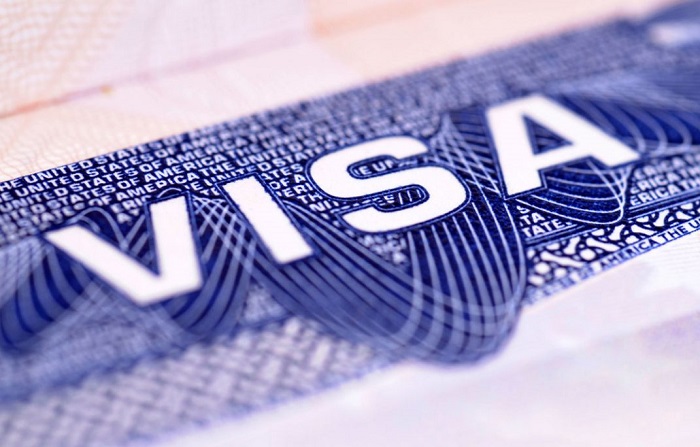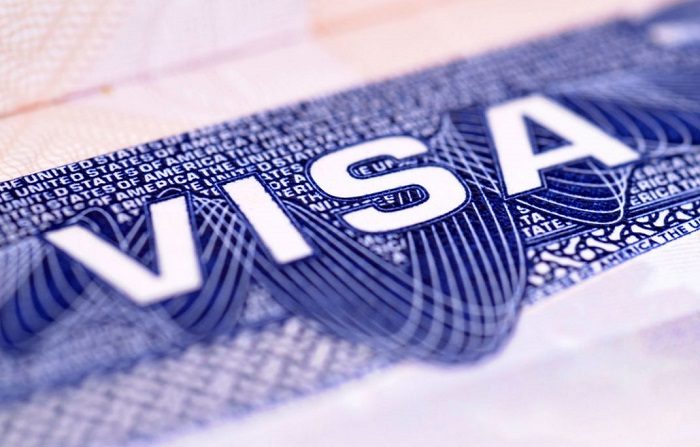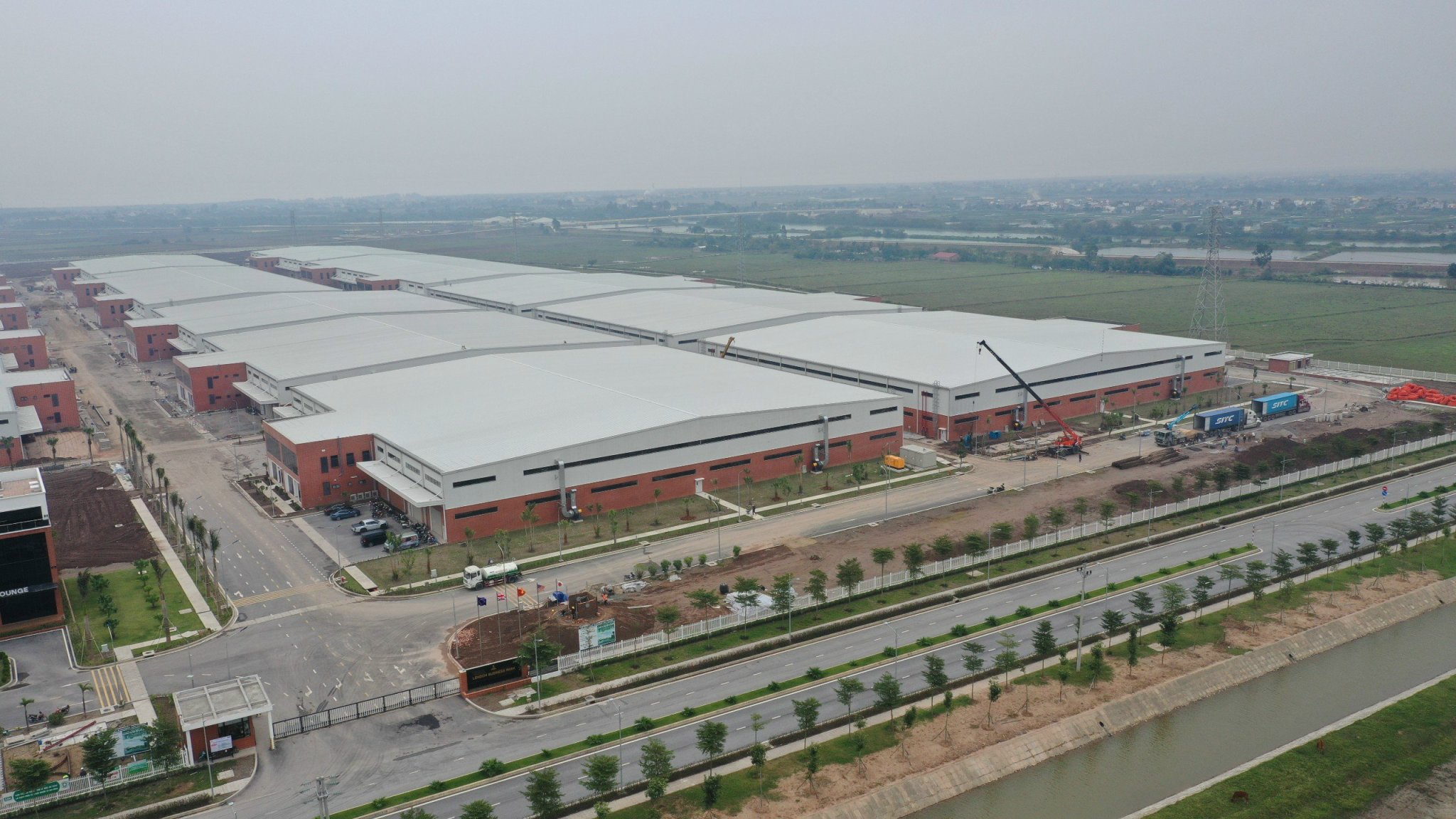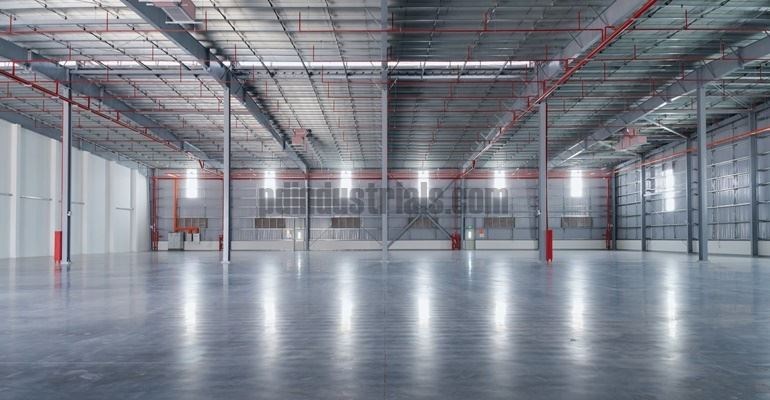Contents
- 1 Complete Guide to Vietnam Visa Types for Businesses, Travelers, and Investors in Vietnam
- 2 More about Vietnam country especially southern key economic zone such as location in Vietnam, weathers, incomes, workforce, industrial parks, incentive tax, logistic, ports, FDI and VISA for expat…
- 2.1 A Comprehensive Overview of Southern Vietnam: Key Economic Zone, Business Opportunities, and Immigration for Expats
- 2.2 Southern Vietnam: A Key Economic Hub
- 2.2.1 1. Location and Economic Significance
- 2.2.2 2. Climate and Weather: An Advantage for Industrial Growth
- 2.2.3 3. Income and Economic Growth
- 2.2.4 4. Workforce: A Young and Skilled Labor Pool
- 2.2.5 5. Industrial Parks: Strategic Locations for Business
- 2.2.6 6. Incentives and Tax Advantages
- 2.2.7 7. Logistics and Transportation Infrastructure
- 2.2.8 8. Ports: Vital for International Trade
- 2.2.9 9. Foreign Direct Investment (FDI)
- 2.3 Visa Options for Expats in Southern Vietnam
- 2.4 Conclusion
Complete Guide to Vietnam Visa Types for Businesses, Travelers, and Investors in Vietnam
Vietnam has become one of the most dynamic countries in Southeast Asia for business, tourism, and investment opportunities. Whether you’re looking to explore the country for leisure, set up a business, or work in Vietnam, securing the right visa is essential. This comprehensive guide will provide an in-depth understanding of the various visa types available for Vietnam, their purposes, eligibility requirements, and application processes.

I. Vietnam Visa Types by Purpose of Visit
Vietnam’s immigration system, regulated by the Law No. 51/2019/QH14, classifies visas into several categories based on the purpose of the visit. With the new regulations that came into effect on July 1, 2020, these classifications make it easier for travelers, workers, students, and investors to navigate the Vietnamese visa system. In this section, we will cover the six most common types of visas issued by the Vietnamese government.
1. Tourist Visa (DL)
The DL is designed for travelers who wish to visit Vietnam for leisure and tourism purposes. This visa is divided into several types based on the number of entries and validity:
-
1-month single entry: Valid for one entry into Vietnam, allowing travelers to stay for up to 30 days.
-
1-month multiple entry: Allows multiple entries into Vietnam within the 30-day period.
-
3-month single entry: Valid for a single entry for up to 90 days.
-
3-month multiple entry: Allows multiple entries into Vietnam during a 90-day period.
This visa is ideal for tourists planning to explore Vietnam’s rich culture, history, and scenic beauty.
2. Business Visa (DN1, DN2)
Vietnam’s business visa allows foreign nationals to engage in professional, business, or commercial activities. The DN1, DN2 is divided into two categories:
-
DN1: This visa is granted to foreigners who work with organizations that have legal status in Vietnam. This visa is often issued to professionals and employees working for Vietnamese companies.
-
DN2: This visa is issued to foreigners who come to Vietnam to offer services or provide expertise to businesses or organizations.
The business visa also comes with different validity options based on the number of entries and duration:
-
1-month single entry
-
1-month multiple entry
-
3-month single entry
-
3-month multiple entry
This visa is crucial for foreign professionals, executives, and business owners seeking to explore business opportunities in Vietnam.
3. Student/Internship Visa (DH)
The DH is designed for foreign nationals planning to study or undertake internships at universities, colleges, or vocational schools in Vietnam. This visa is typically valid for up to 12 months, allowing international students and interns to stay in the country for educational purposes. Whether you’re looking to take a short-term internship or pursue a long-term degree program, the DH visa is the most common route for students in Vietnam.
4. Investor Visa (DT1, DT2, DT3, DT4)
Vietnam has become an increasingly attractive destination for foreign investors, and the country offers specific visas for investors. The DT1, DT2, DT3, DT4 is divided into the following four categories:
-
DT1: Issued to foreign investors or representatives of foreign organizations who contribute at least VND 100 billion. This visa is valid for up to 10 years.
-
DT2: Issued to investors or foreign organizations contributing between VND 50 billion and VND 100 billion, with a validity of up to 5 years.
-
DT3: Issued to investors contributing between VND 3 billion and VND 50 billion, valid for up to 3 years.
-
DT4: For investors contributing less than VND 3 billion, valid for up to 12 months.
The Investor Visa is essential for those planning to start businesses, form joint ventures, or make significant investments in Vietnam’s growing economy.
5. Working Visa (LD1, LD2)
The LD1, LD2 is required for foreign nationals who intend to work in Vietnam. There are two main types:
-
LD1: This is granted to foreigners who have been issued a work permit exemption certificate. It allows the visa holder to work in Vietnam for up to 2 years.
-
LD2: This is for foreigners who must obtain a work permit to work in Vietnam. The LD2 is valid for up to 2 years.
Foreign professionals, technical experts, and skilled workers generally apply for the LD1 or LD2 to fulfill employment or contract-based work within the country.
6. Diplomatic Visa (NG)
The NG is specifically designed for individuals involved in government-related duties or diplomatic missions in Vietnam. It is granted to:
-
Members of foreign delegations visiting Vietnam at the invitation of Vietnamese ministries or high-ranking government officials.
-
Consulate personnel or those working for consulates.
-
Individuals visiting or working with consulate members.
The NG is typically valid for up to 12 months and allows diplomats and governmental employees to perform official duties in Vietnam.
II. Vietnam Visa Types by Length of Stay and Validity
Vietnam visa types can also be categorized based on their length of stay and the number of entries allowed. This classification is essential in determining how long a traveler can stay in Vietnam and how many times they can enter and exit the country. The most common types include:
-
1-Month Single Entry: This allows a single entry for up to 30 days.
-
1-Month Multiple Entry: Multiple entries are allowed within a 30-day period.
-
3-Month Single Entry: This visa is valid for one entry, allowing a stay for up to 90 days.
-
3-Month Multiple Entry: Multiple entries within a 90-day period.
-
6-Month Multiple Entry: Allows multiple entries within 6 months.
-
1-Year Multiple Entry: The longest duration visa, allowing multiple entries for up to 1 year.
The main difference between single-entry and multiple-entry visas lies in the number of times the visa holder can enter Vietnam during the visa’s validity. A single-entry visa only permits one entry, while a multiple-entry visa allows the holder to enter and exit the country multiple times.
III. Visa Application Process for Vietnam
The process for obtaining a Vietnam visa can vary depending on the visa type and the applicant’s nationality. However, the general procedure typically includes the following steps:
-
Determine the Appropriate Visa Type: Based on your purpose of visit, select the most suitable visa category, whether for business, tourism, work, or study.
-
Complete the Application Form: Obtain the visa application form, either online or through the nearest Vietnamese embassy or consulate. Fill out the form accurately and submit it along with the necessary documentation.
-
Prepare Required Documents: These may include a valid passport (with at least 6 months’ validity), passport-sized photographs, financial statements, a letter of invitation, or proof of travel.
-
Submit the Application: Once the form is complete and all documents are gathered, submit the application either online (for e-visas) or in person at a Vietnamese embassy or consulate.
-
Wait for Processing: Processing times can vary, but generally, it may take anywhere from 3 to 5 working days for most visa types.
-
Receive the Visa: After approval, you will receive your Vietnam visa either in physical form or electronically (for e-visas), depending on your application.
IV. Special Considerations for Vietnam Visas
-
Visa on Arrival (VOA): Some travelers may be eligible for a VOA, which allows them to apply for a visa once they arrive at Vietnam’s international airports. The VOA process typically requires pre-approval from the Vietnamese immigration office.
-
E-Visa: The electronic visa is available for travelers from certain countries and allows them to apply for a visa entirely online without the need to visit an embassy or consulate.
V. Conclusion
Vietnam offers a range of visa options for travelers, workers, students, and investors, making it easier for foreign nationals to enter and stay in the country. Whether you’re visiting for tourism, conducting business, or looking to invest in Vietnam, understanding the visa process is crucial. With the right visa in hand, you can ensure a smooth and successful trip to Vietnam.
At PDIndustrials, we understand the importance of complying with Vietnam’s immigration regulations for businesses looking to expand into the country. Our team is dedicated to providing valuable insights and assistance throughout the visa application process. Let us guide you in securing the right visa for your visit, ensuring that your time in Vietnam is both productive and legally compliant.
For detailed inquiries and site visits, contact PDIndustrials today!
📞 Phone: +84-903-009-609
📧 Email: [email protected]
🌐 Website: https://www.pdindustrials.com/



